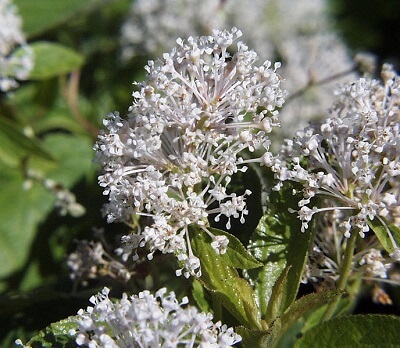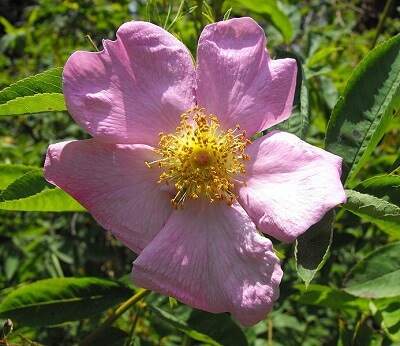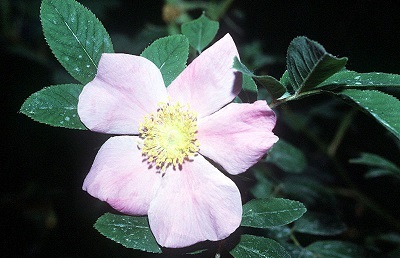 Plant Nature Study I
Plant Nature Study I
Plant Nature Study I
Plant Nature Study I





 Plant Nature Study I
Plant Nature Study I
Plant Nature Study I
Plant Nature Study I

Study the lesson for one week.
Over the week:
The Leaf Factory:
Plants are like us; they must have food to make them grow. But where is the food and how do they find it? Every green leaf is a factory making food for the plant. The green pulp in the leaf is the machinery and the leaves get the raw materials from the ground and from the air. The machinery makes mostly starch, for this is the chief food of plants. The machinery is run by sunshine-power, so the leaf-factory can make nothing without the aid of light; the leaf-factories begin to work as the sun rises and stop working when it sets. But the starch has to be changed to sugar before the plant can use it for nourishment and growth. The leaves, after making the starch from the ground and the air, are obliged to digest it, changing the starch to sugar; for the growing parts of the plant feed upon sweet sap. Although the starch-factory in the leaves can work only during the daytime, the leaves can change the starch to sugar during the night. So far as we know, there is no starch in the whole world which is not made in the leaf-factories.
Activity 1: Narrate the Story
Activity 2: Draw a Leaf Factory

Complete page 22 in 'Science Field Book for Third Grade' by drawing your artist's conception of a leaf factory.
On the daytime side show:
On the nighttime side show:
Activity 3: Conduct an Experiment - Which Amount of Light is Best for Beans?
Materials:
Instructions:
Activity 4: Complete a Field Book Entry

As you conduct your experiment, complete page 23 in 'Science Field Book for Third Grade.'